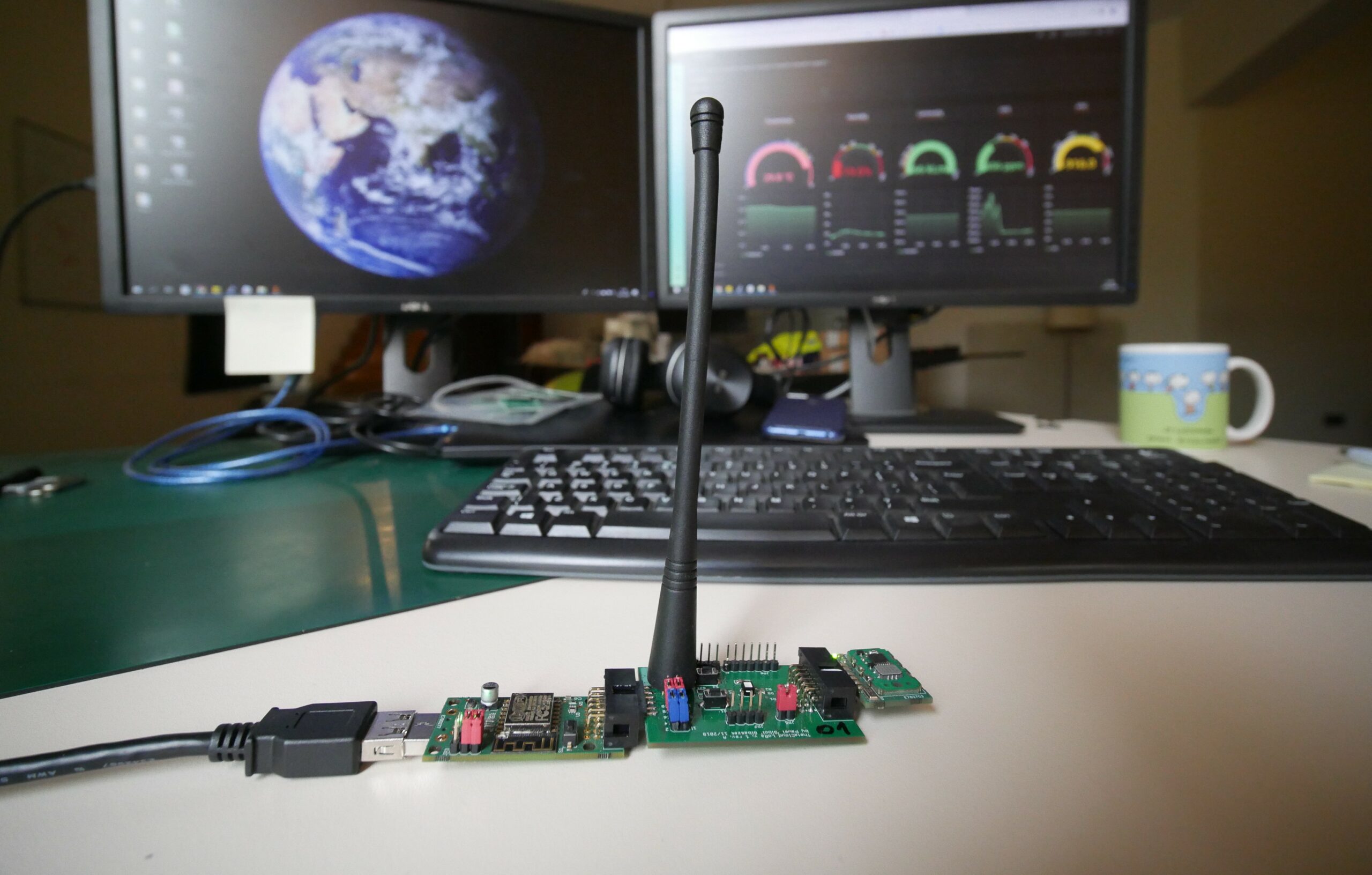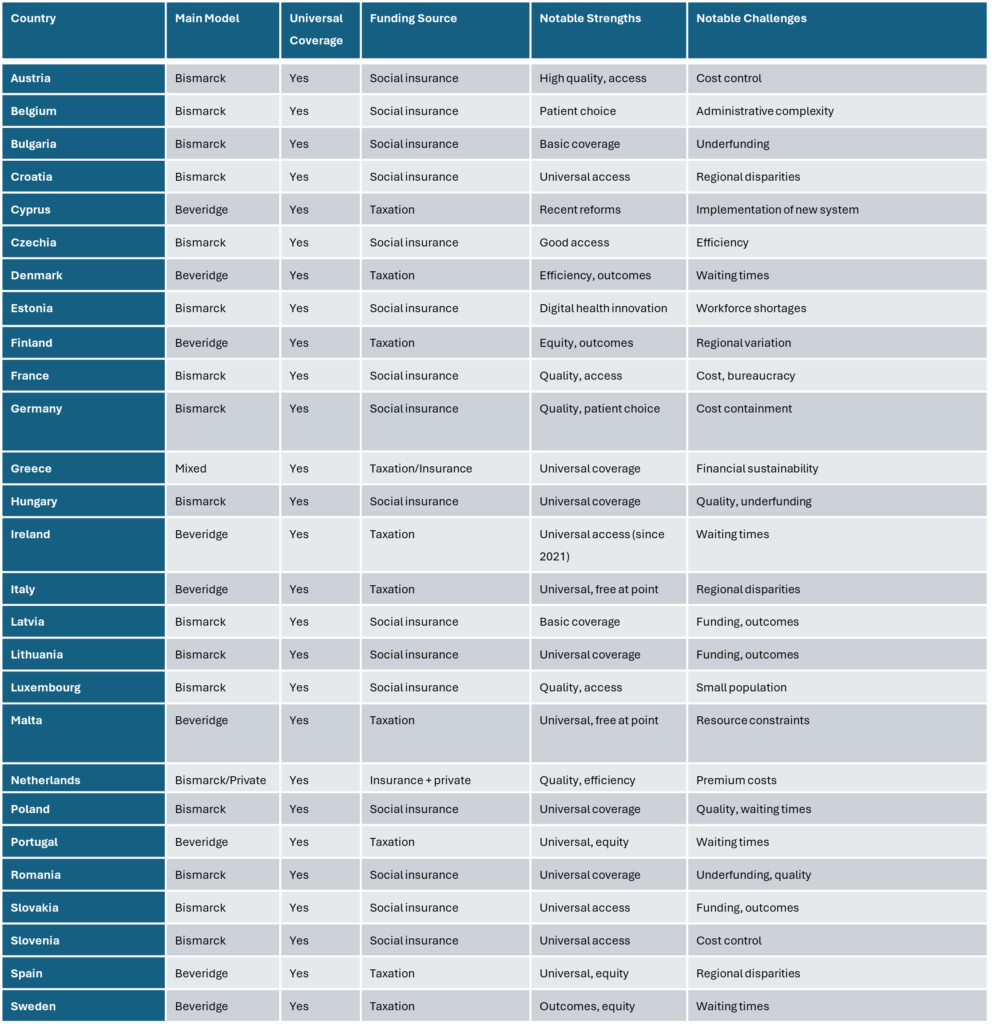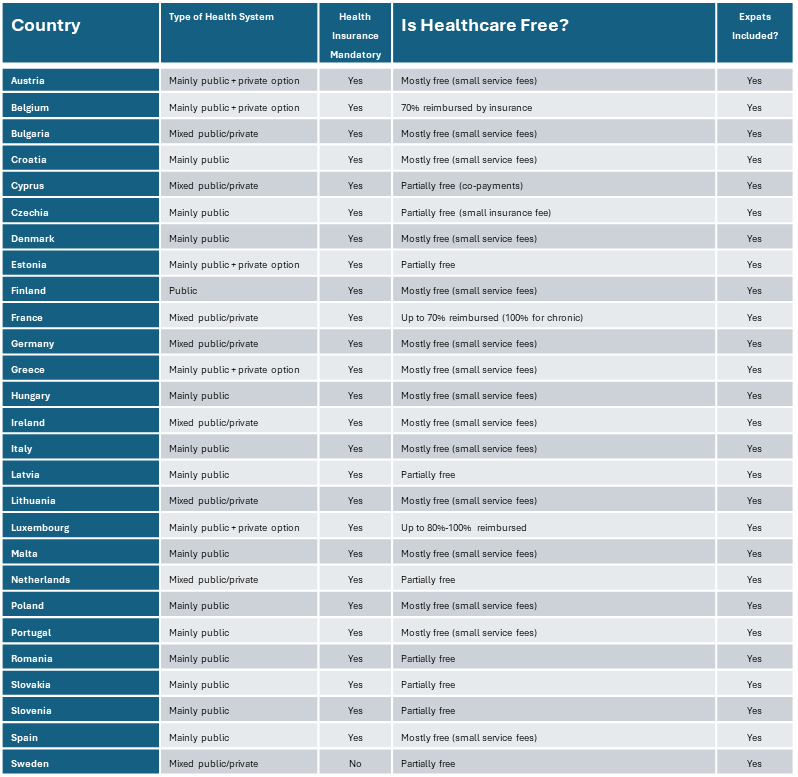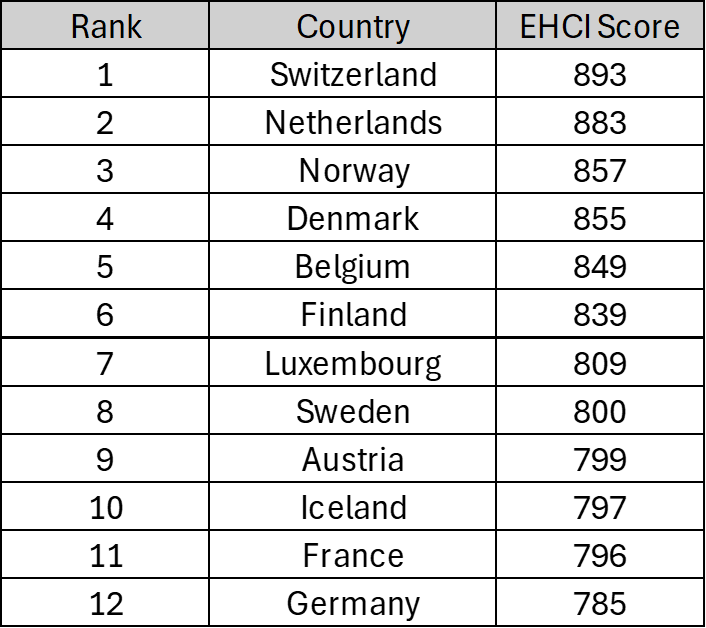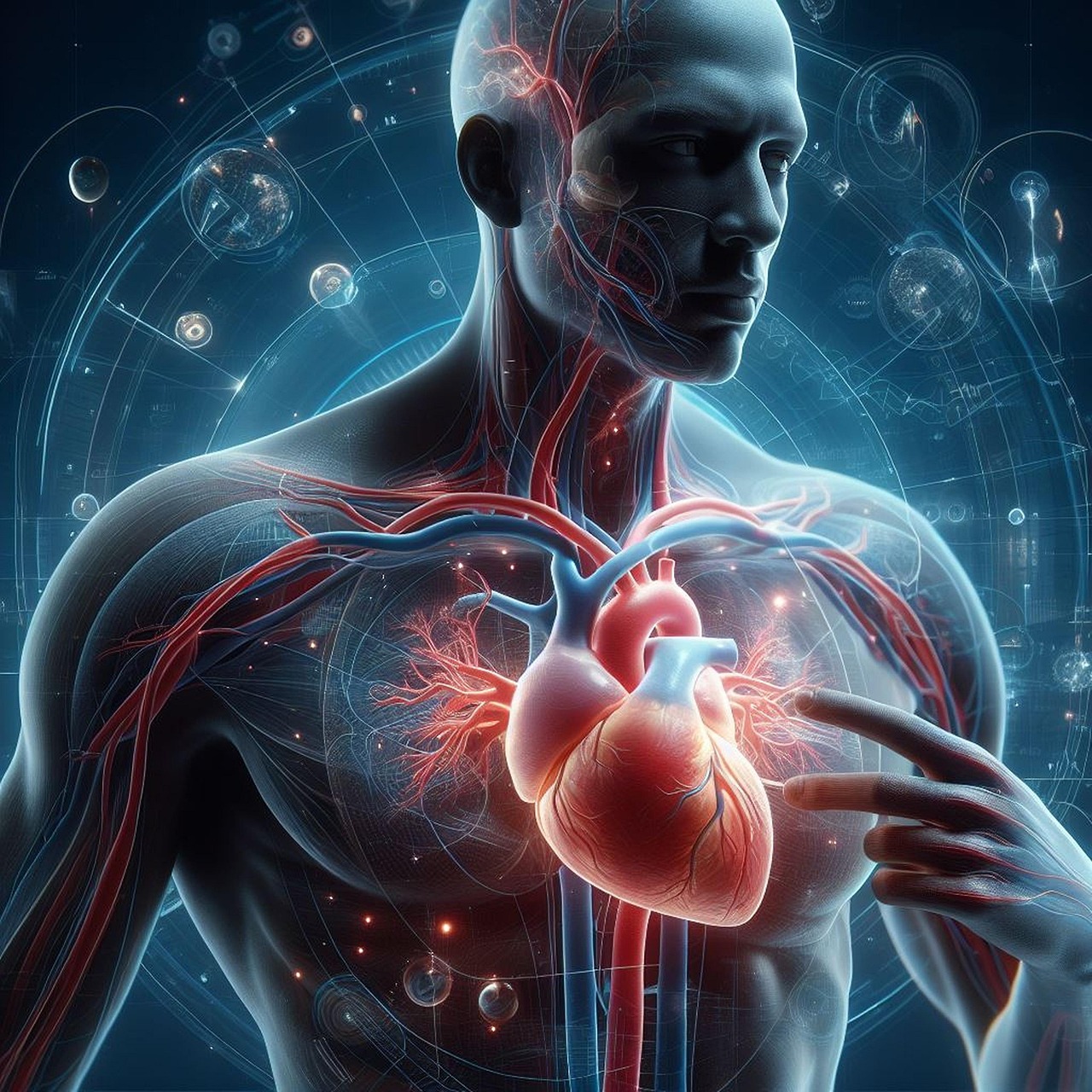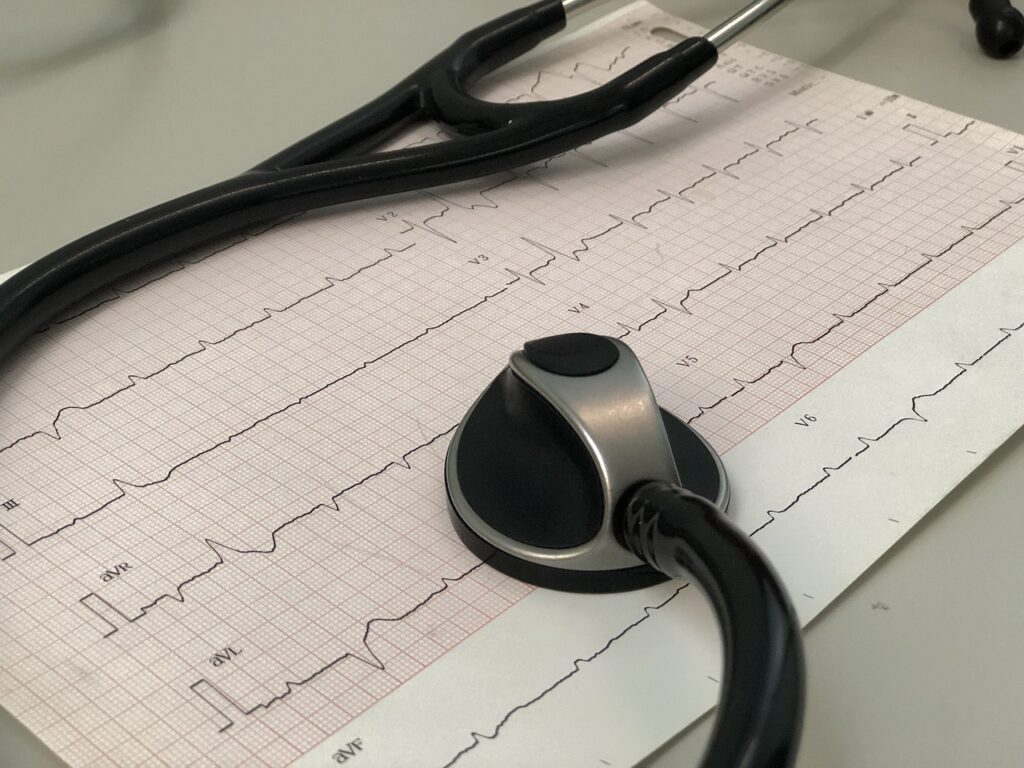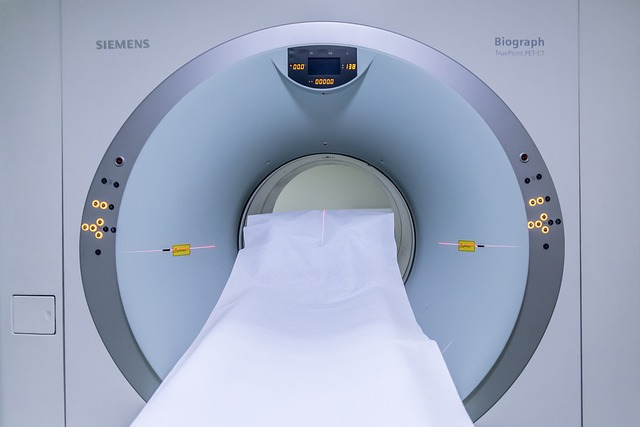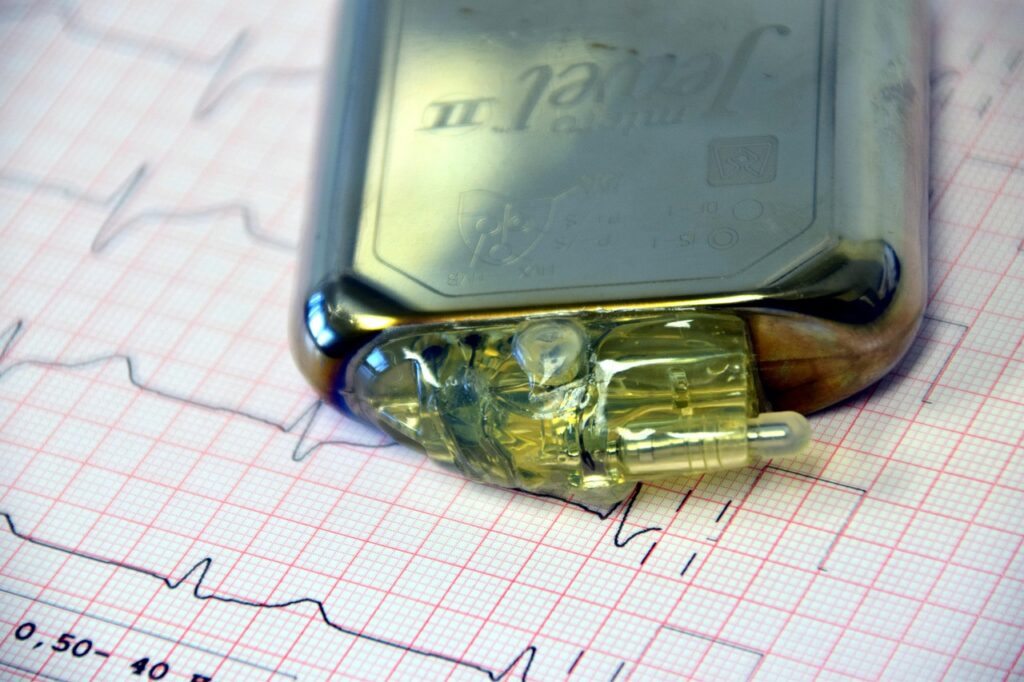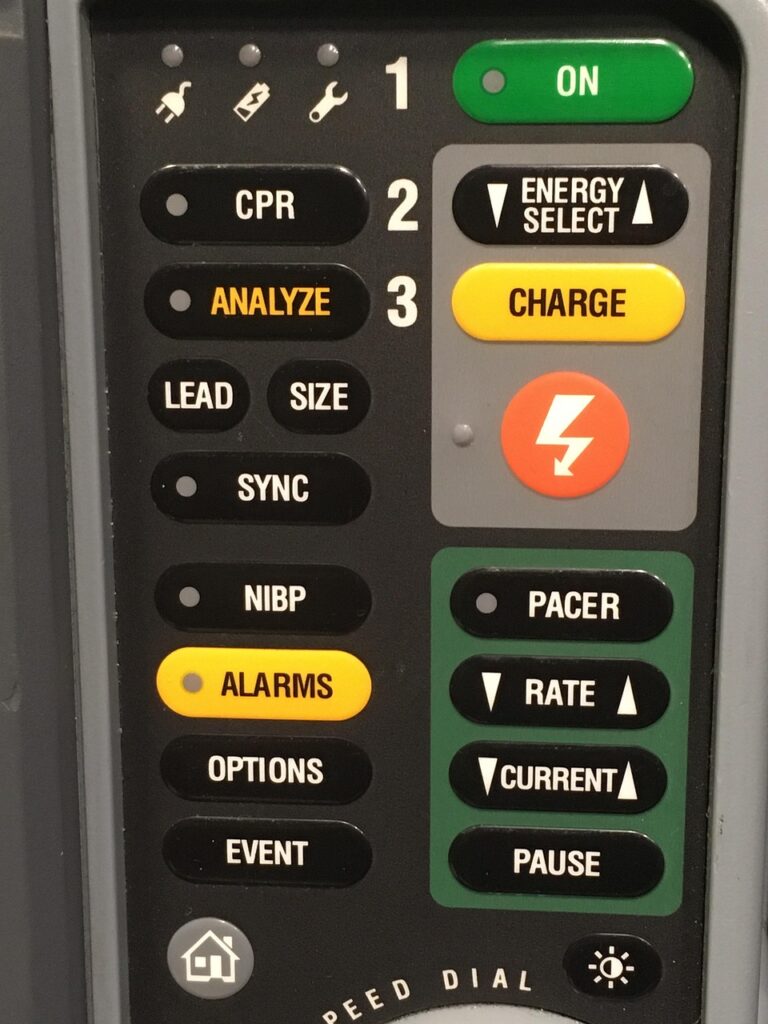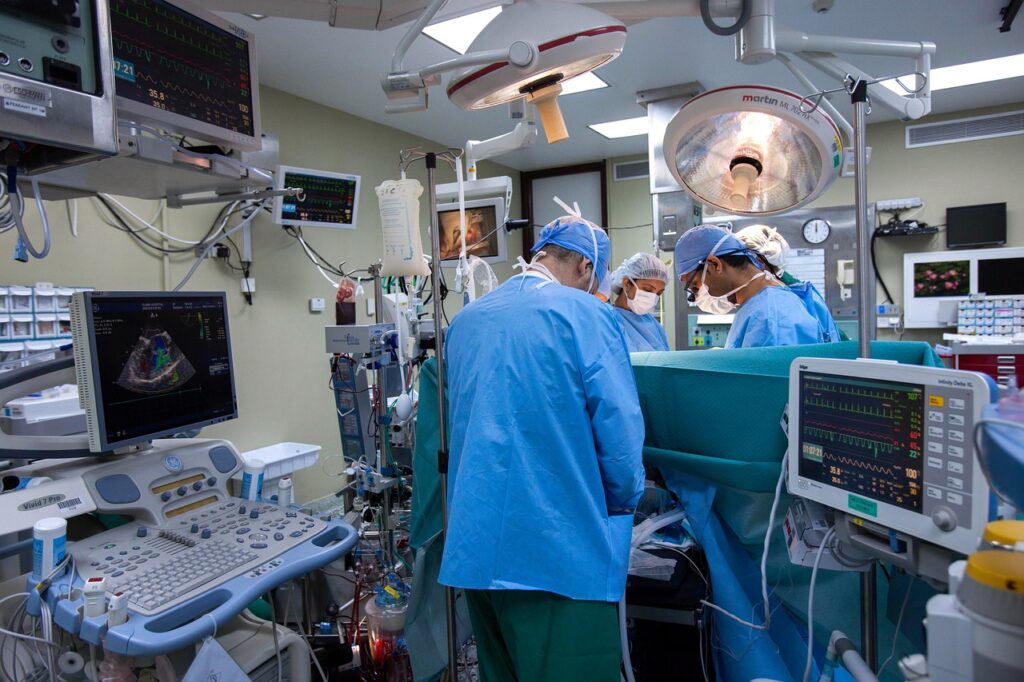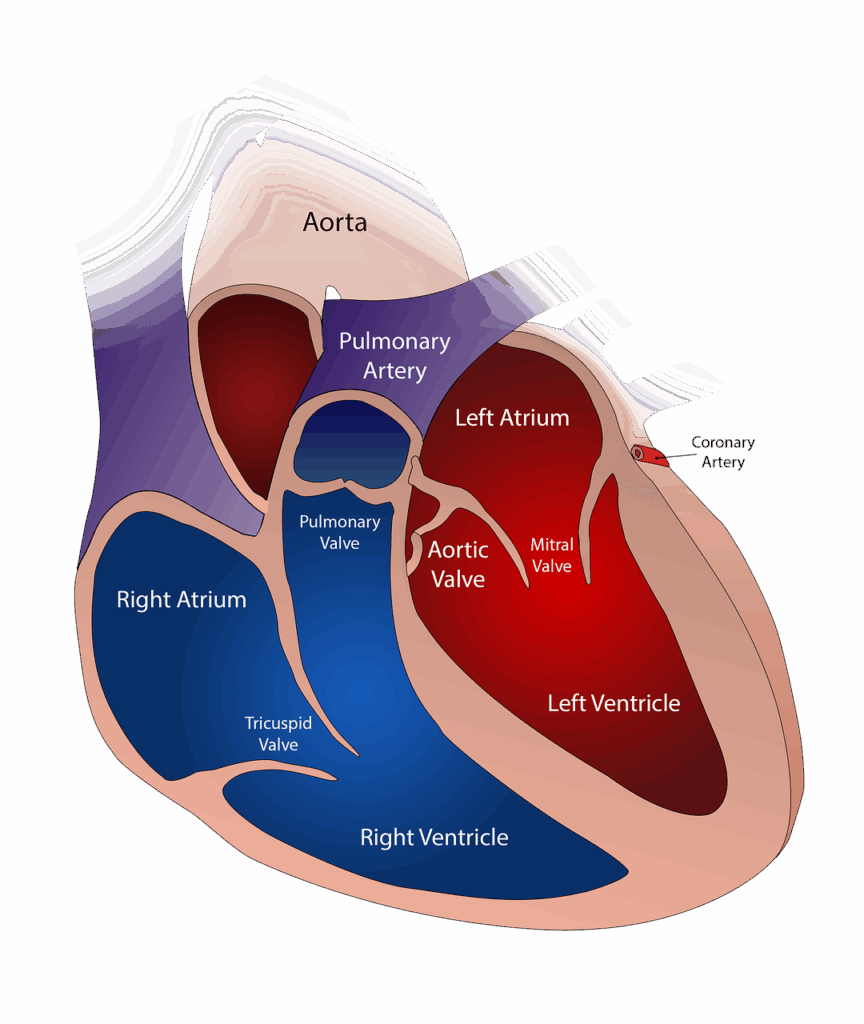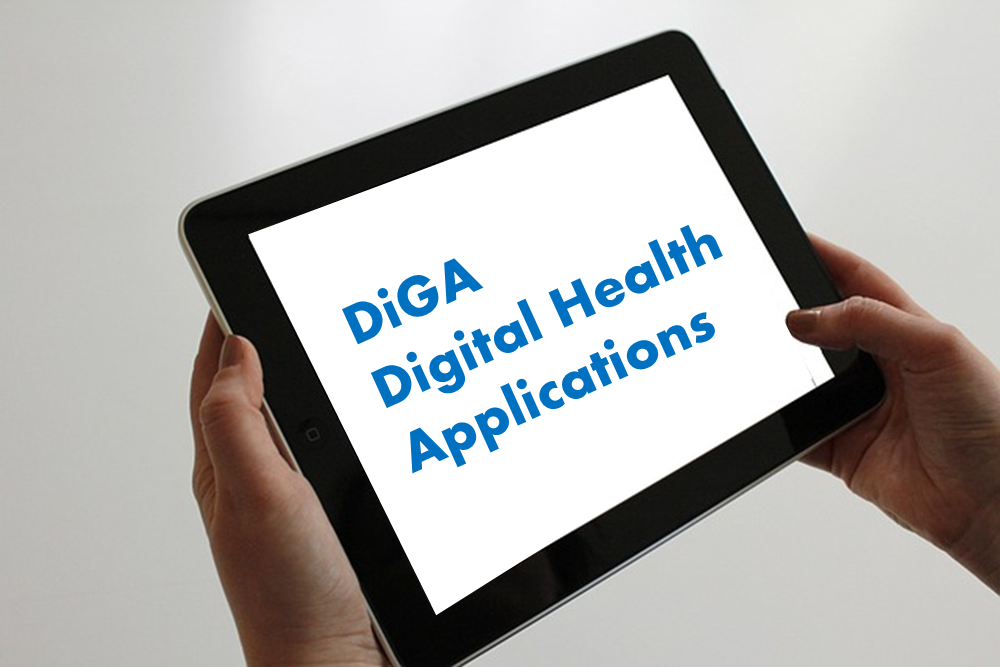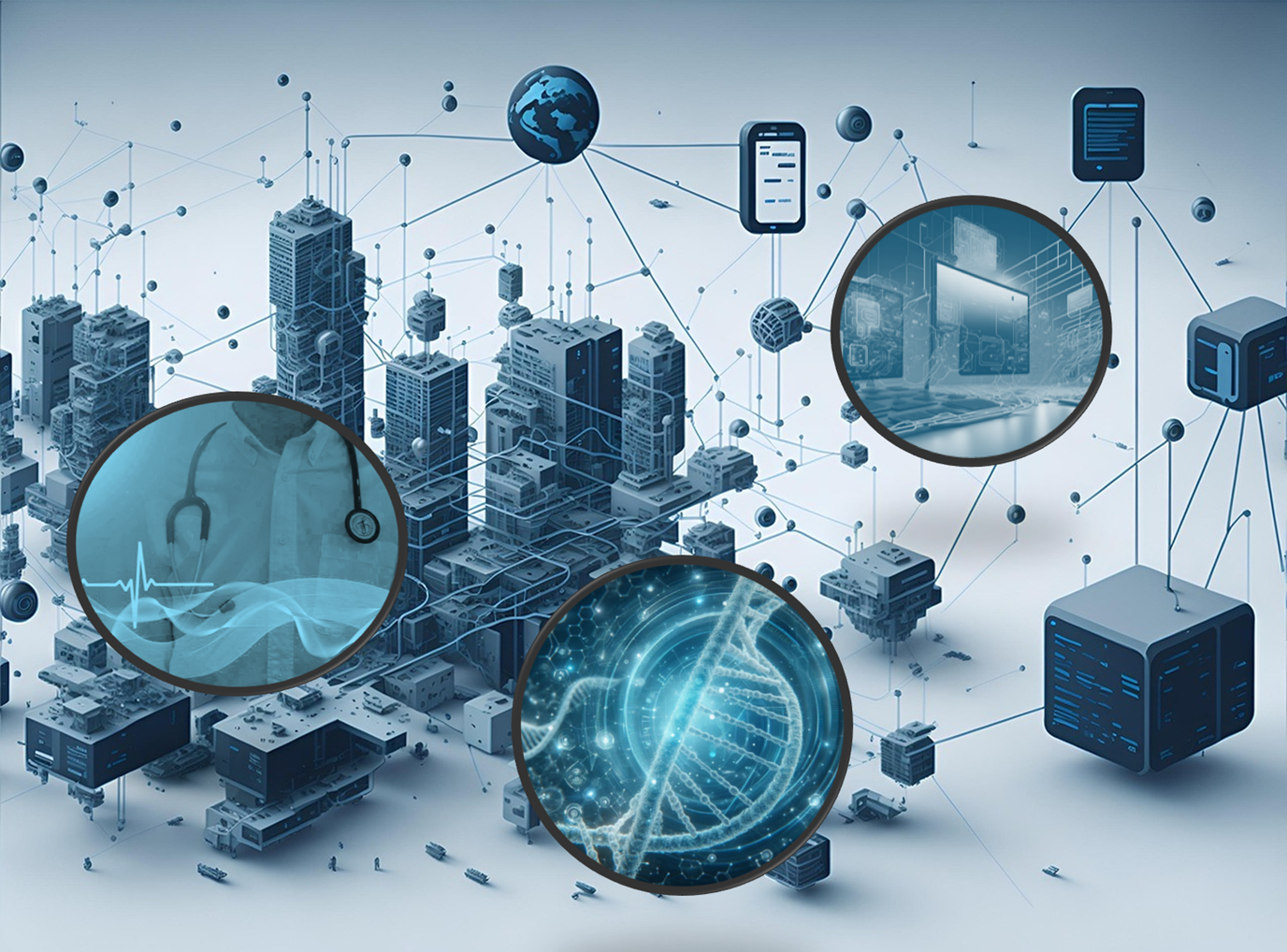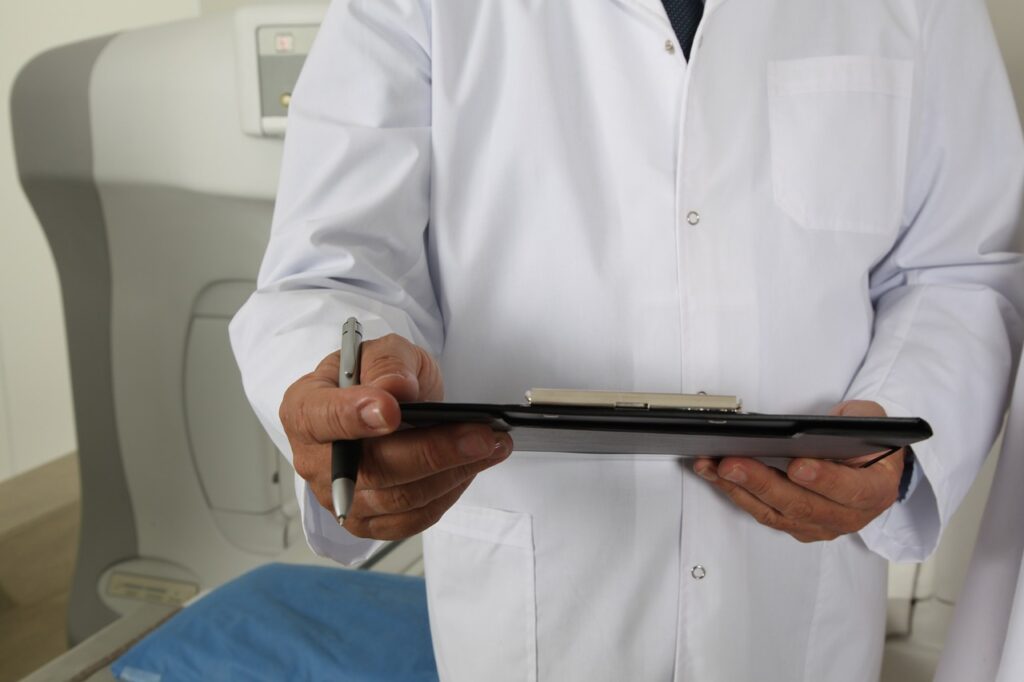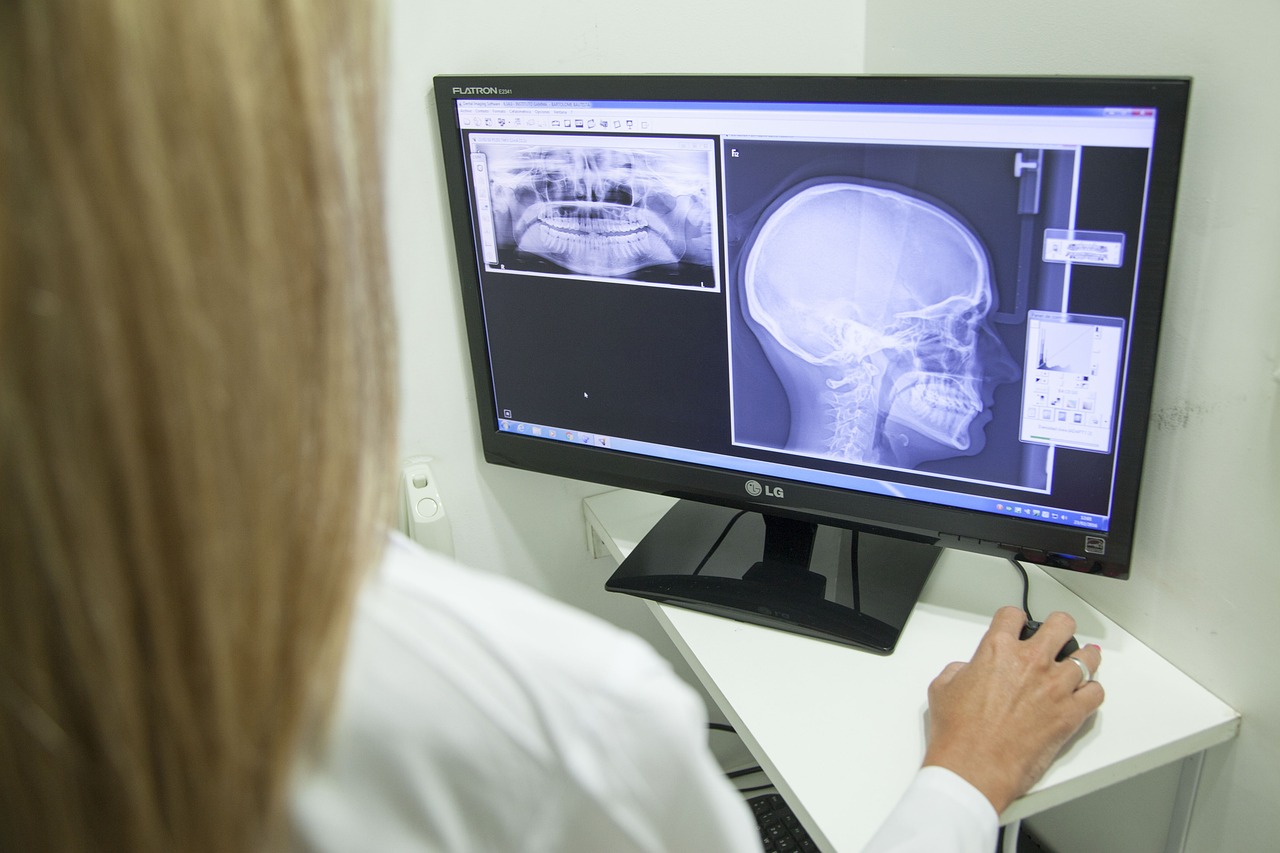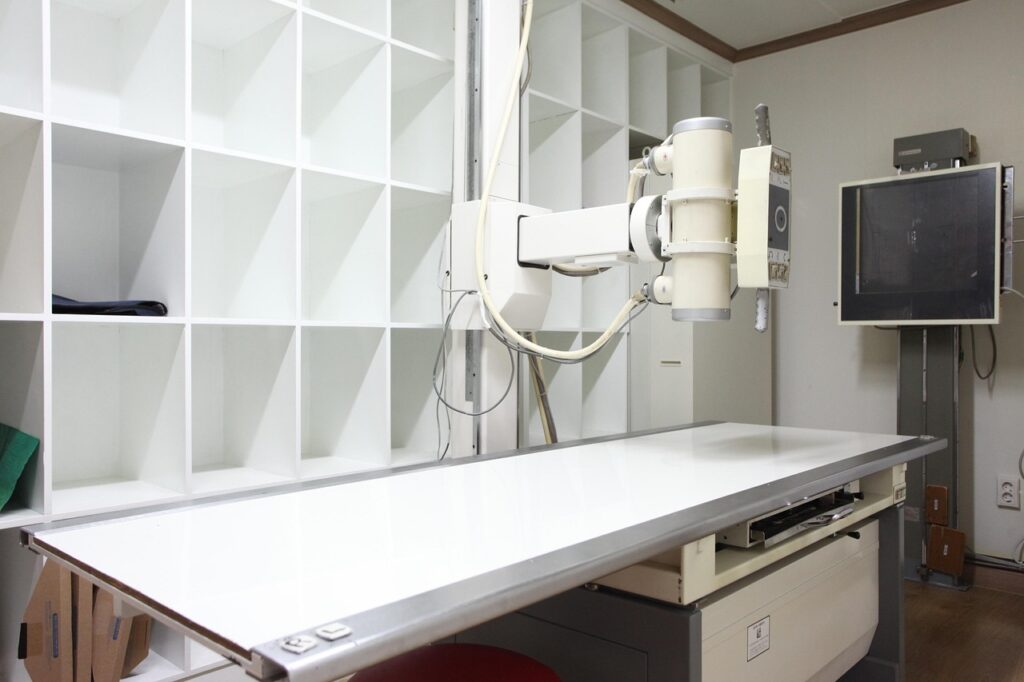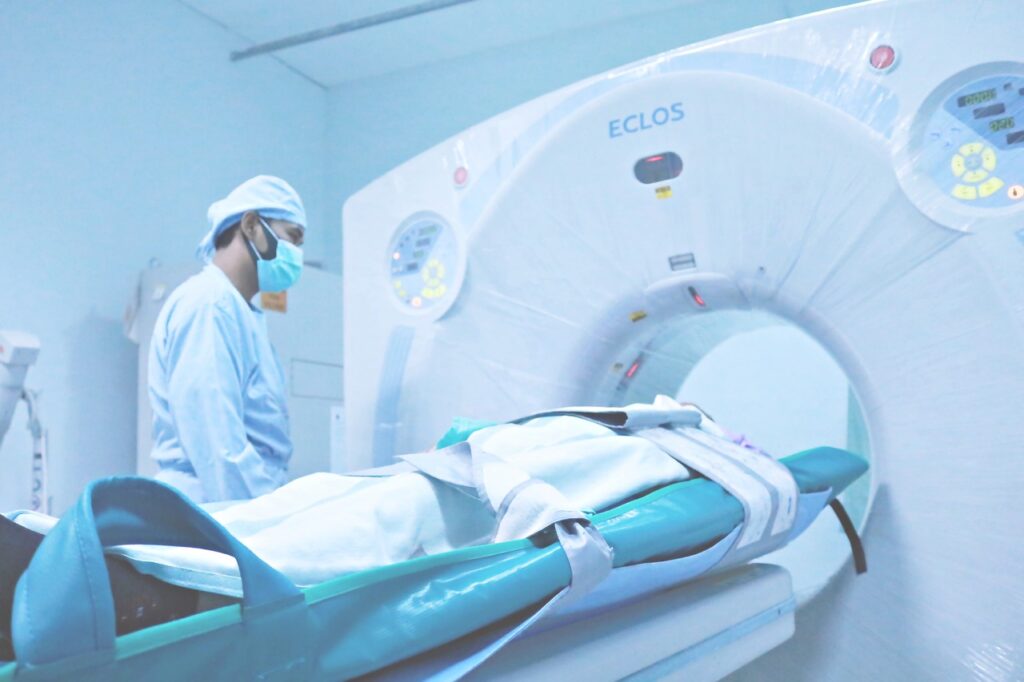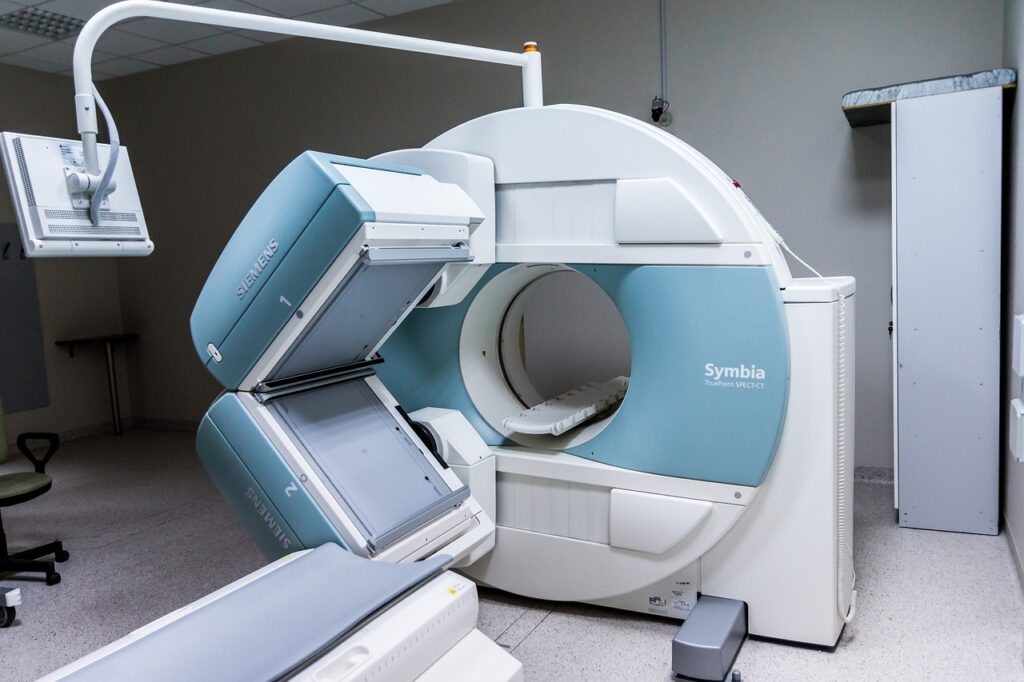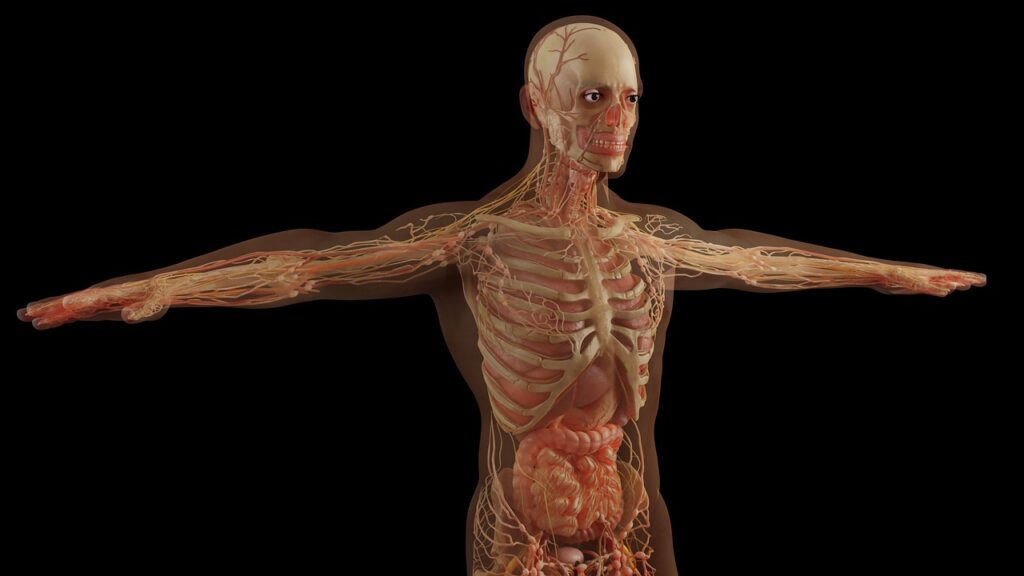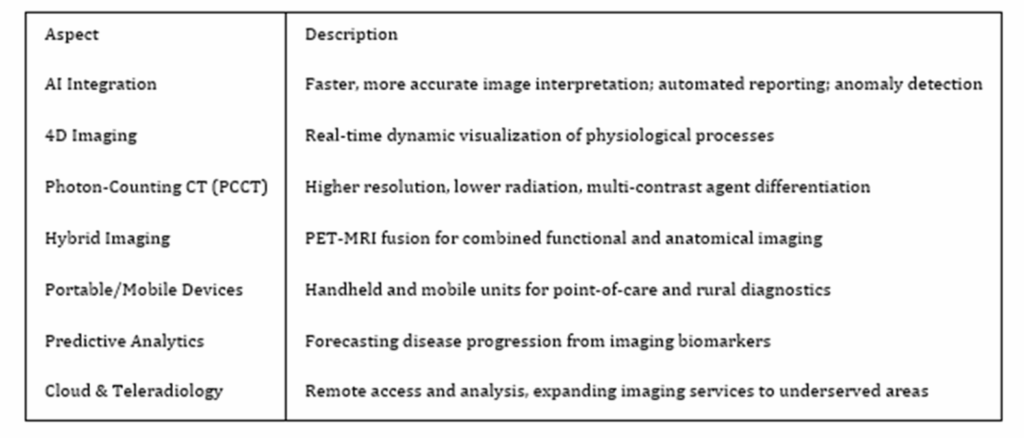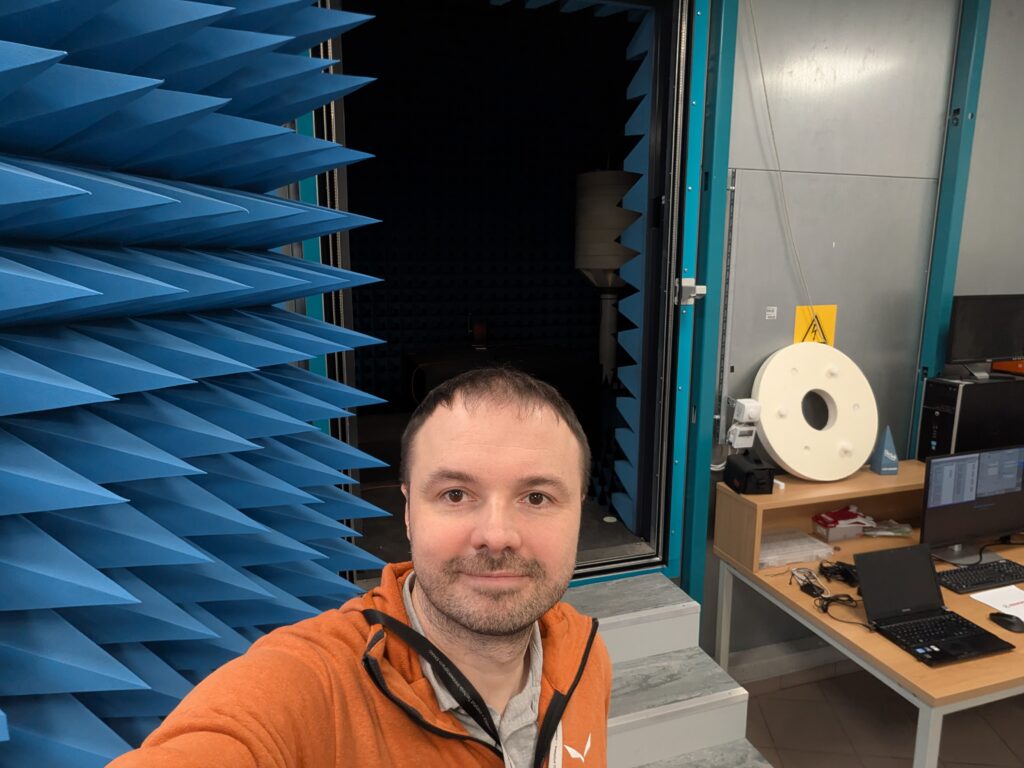Overview of LoRa Technology in Healthcare LoRa (Long Range) is a wireless communication protocol designed for low-power, long-distance data transmission. Its notable features—long range, low power consumption, and reliable communication on unlicensed spectrum—make it well suited for medical networks and digital health applications.
Applications in Medical Networks and Digital Health
Remote Patient Monitoring
Wearable Devices:
LoRa enables real-time transmission of vital signs (e.g., heart rate, blood pressure, temperature) from wearable sensors to healthcare providers, supporting proactive management of chronic diseases and post-operative monitoring.
Home and Rural Health:
Due to its extended range, LoRa facilitates the monitoring of patients in remote or underserved regions, bridging the digital divide where conventional cellular infrastructure is lacking.

Asset and Equipment Tracking
Real-Time Location Systems (RTLS):
LoRa’s superior signal penetration allows uninterrupted communication within healthcare facilities, supporting asset tracking and location of important medical equipment like ventilators and PACS carts.
Hospital Workflow Optimization:
Tracking equipment with LoRa streamlines logistics, quickens access to critical tools, and reduces operational inefficiencies.
Medical Device Connectivity
IoMT Integration:
LoRa is instrumental in connecting a vast range of medical devices (Internet of Medical Things—IoMT), providing scalable solutions that can integrate thousands of battery-powered sensors for continuous data collection and communication.
Device Examples:
Blood glucose monitors, hospital beds, and smart medical scales are examples of devices using LoRa for regular status updates with minimal battery drain.
Emergency and Safety Solutions
Reliable Alerts:
LoRaWAN networks facilitate reliable emergency alert systems and nurse call applications even during infrastructure failures, contributing to enhanced patient safety and operational resilience.
Wearable Panic Buttons:
For elderly or vulnerable populations, LoRa-powered wearables provide location-based emergency alerts regardless of building or facility constraints.
Indoor Navigation and Smart Infrastructure
Wayfinding for Patients:
Hospitals leverage LoRa in conjunction with Bluetooth beacons for indoor navigation, helping patients and visitors efficiently find their way around complex facilities.
Smart Facility Monitoring:
LoRa sensors can track environmental conditions (temperature, humidity) to ensure medical storage compliance and improve overall facility management.
Key Advantages of LoRa in Healthcare
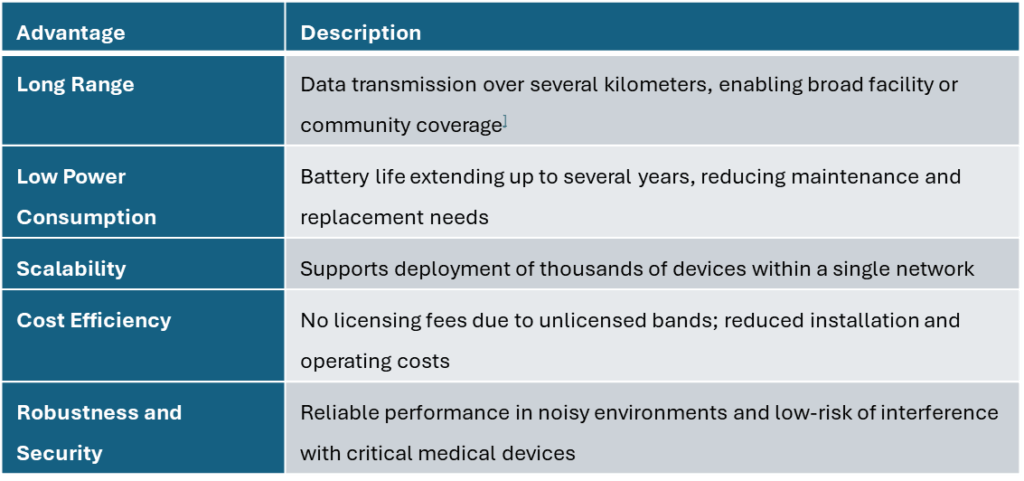
Use Cases and Real-World Examples
Remote COVID-19 Monitoring:
Sensors equipped with LoRa transmitted patient health data for remote tracking and disease surveillance during the pandemic.
3D-Printed Wearable Meshes:
Innovative, flexible LoRa-enabled wearables can continuously monitor health with minimal patient interaction, suitable for fragile populations in both cities and rural areas.
Smart Hospital Deployments:
Multiple healthcare systems have adopted LoRaWAN to manage infrastructure, improve equipment allocation, and coordinate care across distributed sites without extensive new cabling.
Regulatory and Implementation Considerations
Spectrum Compliance:
LoRa operates in regulated ISM bands (e.g., 868-870 MHz in Europe, 902-928 MHz in North America), avoiding expensive licensing and minimizing regulatory hurdles for healthcare institutions.
Minimal Interference:
Spread spectrum and operation outside crowded Wi-Fi bands reduce risks of signal disruption to critical life-support equipment.
Summary
LoRa is revolutionizing healthcare by enabling reliable, cost-effective, and scalable networks for medical devices and digital health applications. It bridges infrastructure gaps, enhances the reach of telemedicine, and introduces smarter patient safety and hospital management practices. The adoption of LoRa in medical networks continues to expand, promising further innovation in healthcare delivery and patient wellbeing.
.
Sources
https://www.semtech.com/lora/lora-applications/smart-healthcare
https://hellofuture.orange.com/en/digital-divide-lora-iot-devices-for-medical-monitoring/
https://truespot.com/healthblog/unveiling-lora-revolutionizing-rtls-in-healthcare
https://en.minewsemi.com/blog/leveraging-loRa-in-iot-smart-healthcare
https://www.zentis.nl/en/blog/LoRa-as-a-means-of-communication-for-medical-devices
https://jooby.eu/blog/iot-devices-with-lorawan-in-healthcare-potential-for-the-medical-sector/
https://onlinelibrary.wiley.com/doi/10.1155/2022/6066354
https://resources.lora-alliance.org/use-case/use-case-aritium-viamed-lora-alliance
